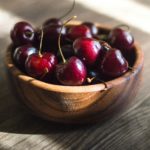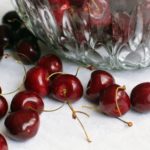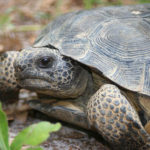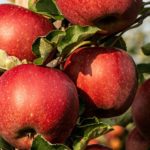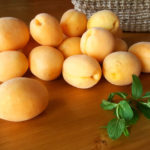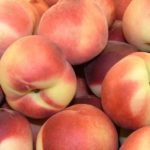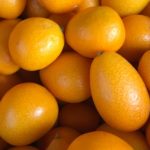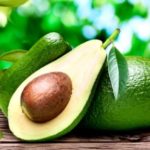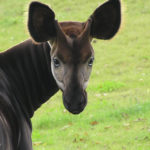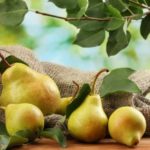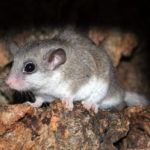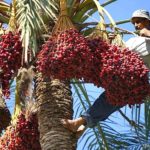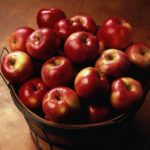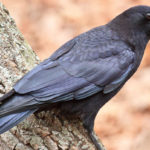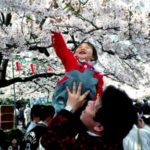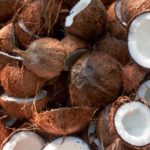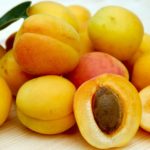Interesting facts about cherry
 Cherry is not only a tree that is found in every third garden, it is also the most delicious bright red fruits that everyone likes to eat. Cultivated cherry was a long time ago, and the range of its growth is huge. Some confuse cherries with cherries, which are related to it, although this is not true – these are all different trees with different fruits, albeit related ones.
Cherry is not only a tree that is found in every third garden, it is also the most delicious bright red fruits that everyone likes to eat. Cultivated cherry was a long time ago, and the range of its growth is huge. Some confuse cherries with cherries, which are related to it, although this is not true – these are all different trees with different fruits, albeit related ones.
In total there are about sixty types of cherries in the world.
Traditionally, the homeland of the cherry is considered the territory of ancient Persia (modern Iran), but historical evidence says that it grew in the Caucasus region.
Cherries and plums are related trees.
The cherry tree is very frost-hardy, it grows in the wild even in the Himalayas.
On the territory of modern Russia, cherry first appeared only in the middle of the 14th century, but very quickly gained the status of a cult tree.
When Yuri Dolgoruky laid Moscow, cherry was the only fruit tree that at that time grew in these parts.
Bones and cherry seeds are not recommended to use (although it is unlikely to come to anyone’s head) in large quantities, as they can be poisoned.
The usual cherry, growing in the middle zone of Russia, scientifically called “cherry sour”. Even if in fact it is not at all sour.
Traditionally, many desserts are usually decorated with cherry.
Not all kinds of cherries are edible.
The famous Japanese cherry blossom is also one of the cherry subspecies. The fruits of sakura, by the way, are inedible.
Cherry helps with epilepsy. Before the appearance of more modern medicines, doctors prescribed people prone to epileptic seizures to consume more cherries.
Eating a couple of handfuls of cherries contributes to a more peaceful sleep thanks to the melatonin contained in them.
Not all cherries are small, unimpressive trees. Some of them live for several centuries and can reach impressive heights. For example, in England there is a cherry tree 13 meters high and over one hundred and fifty years old.
A pair of dozens of cherries are similar in their effect to one tablet of aspirin.
On average, one cherry tree brings about seven thousand cherries a year.
Flowers on cherry trees blossom earlier than leaves.
